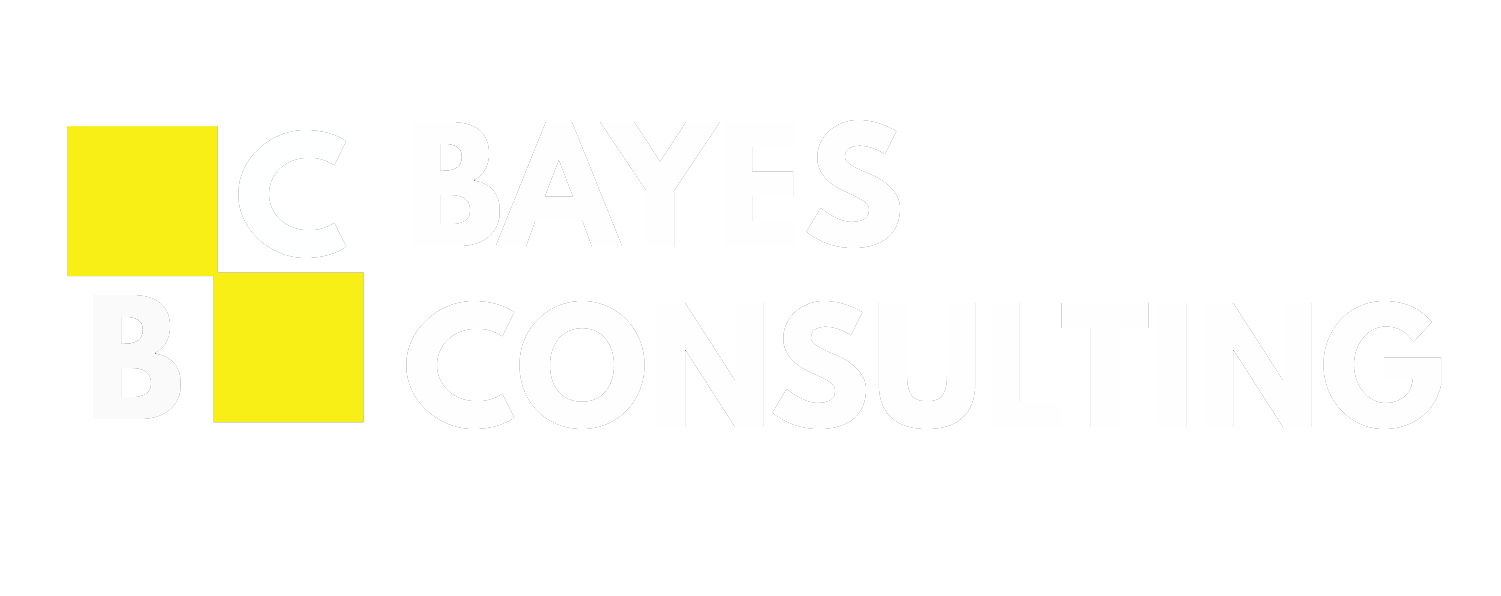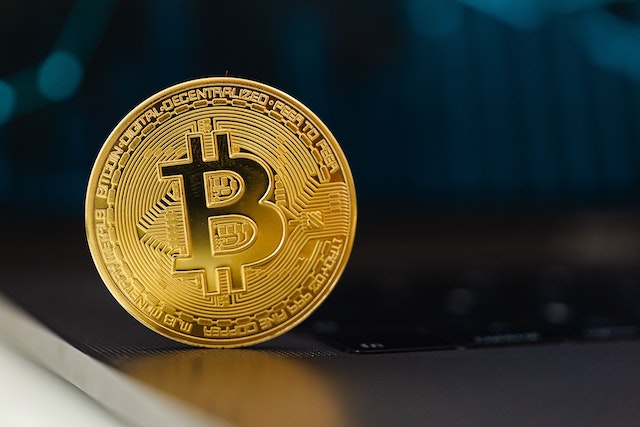If I had a dollar for every time I heard the word ‘blockchain’, there would probably be no more currency left in circulation. Whether it’s my nephew who spends the whole day on Twitter or that old friend from school who’s always forwarding links to ‘investment opportunities.’ It’s fair to say that blockchain has become one of those words. You know… the ones people say but can’t really define.
What is blockchain technology and how does it work?
Before we embark on defining exactly what blockchain technology is, it helps to generally think of it as a new way of storing information/data. Digital information, such as the birthdays of all your Facebook ‘friends’ who you haven’t talked to in ages, is typically organised and stored in databases. Blockchains are meant to achieve a similar purpose but they go about it in an entirely different way
Imagine a Google spreadsheet containing data on the number of cars per county. Anyone with a link to the spreadsheet can access it but cannot update the data unless everyone with access to the sheet approves. This is precisely what a blockchain is. A blockchain can thus be viewed as a ledger that is spread across all peers in the network. It’s no surprise that Blockchain technology is interchangeably also referred to as Distributed Ledger Technology or DLT in short.
A blockchain differs from a typical ledger in that the data is stored in blocks, rather than rows and columns. Thus, the name blockchain refers to the series of blocks on which data is recorded, forming a chain of sorts.
What differentiates the blockchain from a typical database?
- Peer-to-peer (P2P)
Unlike legacy centralised databases that require a central authority to maintain, in a blockchain network, all participants transact directly with each other. This enables data exchange to be done directly. - Add-only/Immutability
Once data has been added to the blockchain, it is practically impossible to change or alter. New data is added to the blockchain in a chronological manner. - Consensus-based/Trustless
In a typical database, the central authority e.g. Facebook is in charge of making changes and maintaining the database. However, when it comes to blockchains, all updates are agreed upon by the network as a collective. This means that users do not have to know or trust one single entity to make the right updates. - Distributed
Unlike a typical database where all the data is stored in one central server, each node on the blockchain network has a copy of the ledger. This makes manipulation of the data nearly impossible. - Security
When it comes to typical databases, the data is not secured by default. This is unless the owner invests to encrypt the data, reducing chances of being compromised. Data on a blockchain network is cryptographically secured by default. Cryptography and encryption are utilised in blockchain networks to make the ledger tamper-proof.
Is Bitcoin the same as blockchain technology?
In the same way networking protocols enabled instant information transfer on the internet, blockchain enables the instant transfer of value. Although most people interchangeably use the word blockchain to mean cryptocurrencies, this couldn’t be further from the truth. Cryptocurrencies are just one of the numerous possible applications of blockchain technology.
To help you correct your friends when they make this common mistake (Yes, I’m fun at parties:), the visual below simplifies the concept.

Think of blockchain technology as clay that can be moulded into many forms depending on the needs of the end user. For instance, Bitcoin is a digital cryptocurrency that gets transacted through the blockchain. A public blockchain network is suitable for such a use case to enable people from all over the world to exchange bitcoin. On the other hand, a bank wishing to adopt blockchain technology would be better off using a private blockchain network due to the confidential nature of the records.
At Bayes Consulting, we are firm believers in the utility of Blockchain Technology in democratising finance, boosting energy access, supply chain management, and beyond. We are committed to being the drivers of the next phase of blockchain adoption in Africa through the disruption of less efficient legacy systems. It is my hope that I have been able to convert you into an ambassador, if not yet, at least you have something to chip in when your cousin Kevo is trying to sell you a ‘new exciting opportunity


